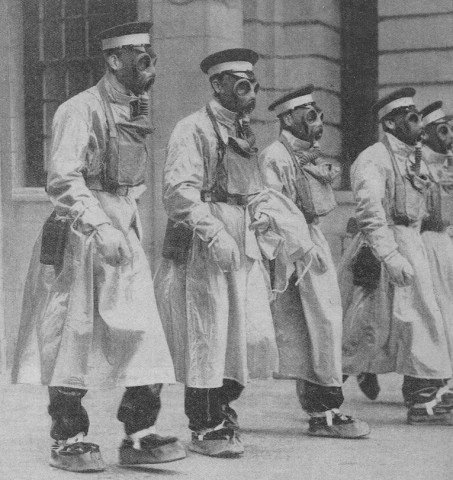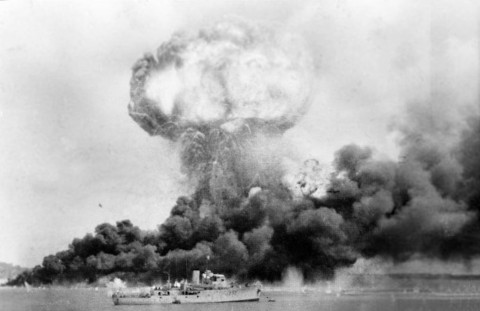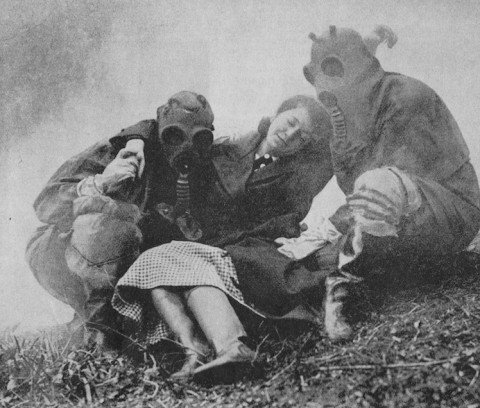Charles Kingsford Smith was and remains Australia's most famous pioneer aviator. Among his feats: the first trans-Pacific flight, in both directions in fact (1928, east to west; 1934, west to east); the first non-stop trans-Australian flight (1928); the first trans-Tasman flight (1928). It's probably fair to think of him as the Australian Lindbergh in terms of his iconic status -- and his flirtation with far-right politics (he was a member of the New Guard, an early 1930s fascist paramilitary group) -- though his entrepeneurial activties and self-promotion remind me more of Sir Alan Cobham, with his ambitious attempt (with his frequent copilot, Charles Ulm) to get into the airline business. 'Smithy' was himself knighted, in 1932; in 1953 Sydney's major airport (and hence Australia's busiest) was named after him; for thirty years his image graced the Australian twenty dollar note. Like so many of the great pioneer aviators he met an early death, in his case in November 1935 after crashing somewhere in the Andaman Sea while trying to recapture the Australia-England speed record.
All of that is well-known. But what isn't is that in 1918, Kingsford Smith witnessed a mystery aeroplane flying over the Australian coast -- what in later decades would be called a flying saucer or an unidentified flying object. I can find no reference to this incident in a quick check of three Smithy biographies (admittedly none very scholarly); as it's buried in an archive with no obvious connection to his career it's possible it hasn't been noticed before now.
...continue reading






